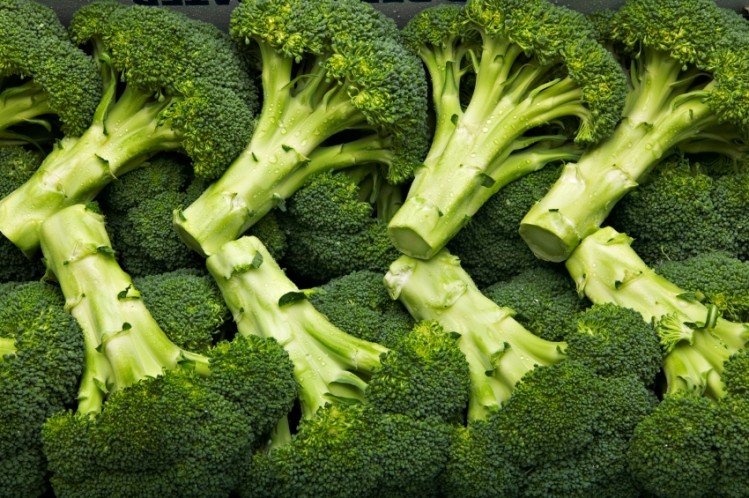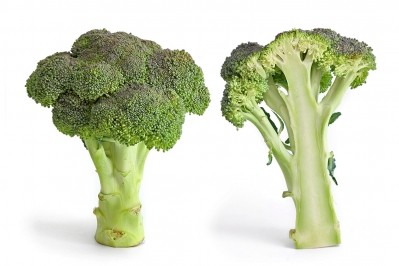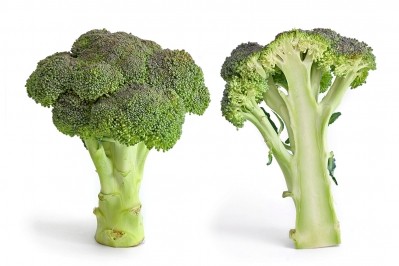Broccoli extract shows weight management abilities: Mouse study

Researchers from Kanazawa University in Japan believe it accelerates the production of brown adipose tissue, a type of fat that is thought to burn calories at a faster rate to generate heat.
In addition, the compound is thought to also promote function within the depleted gut bacterial flora of the overweight subject. This can be caused by a high-fat diet and toxins in the blood.
“The two functions of sulforaphane, newly uncovered by the current study, are expected to contribute to improvement of inflammation of the liver or adipose tissues and insulin resistance as well as to prevention of lifestyle diseases,” the study said.
Sulforaphane, which is also found in Brussels sprouts and other cruciferous vegetables, has been the subject of numerous studies that demonstrates its ability to target and kill cancer cells, while leaving normal cells healthy and unaffected.
It has also been shown to slow down the destruction of cartilage in joints that is associated with osteoarthritis.
Kagome collaboration

Along with a team from Kagome, a Japanese manufacturer and distributor of tomato-based foods, and fruit and vegetable juices, the team selected a group of mice as study subjects.
They compared mice fed with high-fat food supplemented with sulforaphane with another group of mice fed high-fat food but without sulforaphane.
The researchers found that the mice fed with sulforaphane gained 15% less weight compared to mice without sulforaphane in their diet.
In addition, mice supplemented with sulforaphane recorded a 20% reduction in visceral fat along with a reduction in their hepatic steatosis and blood glucose levels.
Lead by Dr Naoto Nagata, assistant professor at the department of Cellular and Molecular Function Analysis at Kanazawa University, the team believe sulforaphane targets the transcription factor, nuclear factor (erythroid-derived 2)-like 2 (Nrf2).
Nrf2 is believed to regulate antioxidant signalling that may prevent the development of metabolic syndrome and related cardiovascular diseases.
“Nrf2-knockout mice fed with high-fat food supplemented with sulforaphane did not show reduction of body weight increase or fat burning through adipose tissue browning,” the study’s authors observed.
“The importance of Nrf2 is now clearly shown as the target molecule of sulforaphane in obesity.”
Gut microbiome implicated?
The discovery that glucoraphanin (precursor to sulforaphane) decreases the number of Gram-negative Proteobacteria, particularly the family Desulfovibrionaceae, in the gut was of particular significance.
The bacteria’s role in obesity may have implications for what is previously known about microbiota-derived products and their links to weight gain.
“We cannot exclude the possibility that other products such as bile acids and short chain fatty acids, also mediate the metabolic action of glucoraphanin,” the study concluded.
Recent studies have demonstrated that a significant increase in Desulfovibrionaceae, a possible endotoxin producer, was observed in the gut of both high fat-induced obese mice and obese human subjects compared to lean individuals.
Evidence has suggested that sulforaphane can alter the gut microbiota directly, as isothiocyanates (including sulforaphane) have been shown to exhibit antibacterial activity against Proteobacteria
Source: Diabetes
Published online ahead of print: DOI: 10.2337/db16-0662
“Glucoraphanin Ameliorates Obesity and Insulin Resistance Through Adipose Tissue Browning and Reduction of Metabolic Endotoxemia in Mice.”
Authors: Naoto Nagata, Liang Xu, Susumu Kohno, Yusuke Ushida, Yudai Aoki, Ryohei Umeda, Nobuo Fuke, Fen Zhuge, Yinhua Ni, Mayumi Nagashimada, Chiaki Takahashi, Hiroyuki Suganuma, Shuichi Kaneko, Tsuguhito Ota















